
From amniotic membrane grafting to neurotization.

From amniotic membrane grafting to neurotization.

Repeated 0.1-ml intravireal injections of lampalizumab, antigen-binding fragment of a humanized monoclonal antibody that inhibits complement factor D, seem to be associated with a low risk of elevated IOP
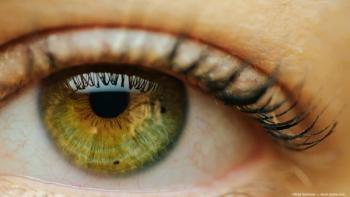
Plasma emission for blepharitis, meibomian gland dysfunction, and dry eye disease.
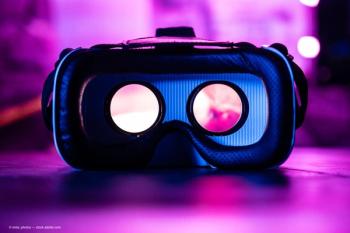

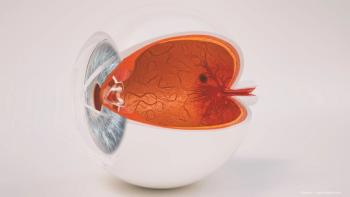
Durable treatments impact the quality of life of patients with retinal diseases.
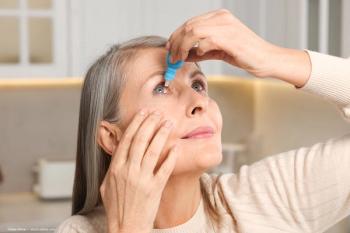
The adaptor was tested by low-vision patients and participants with simulated visual impairment.
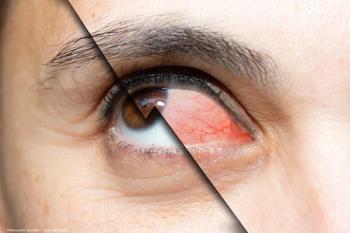
Physicians wonder whether normal examination results are actually normal.

Phase 1 multicenter study demonstrates early signs of efficacy.

Investigators looked to see if a large language model could provide safe, accurate, and readable information to patient inquiries about cataract surgery.

The retrospective real-world evaluation of the drug considered several important as-yet-unanswered questions

The mapping method revealed prominent microscopic abnormalities consistent with diabetic retinopathy.

Low birth weight, blood transfusion, necrotising enterocolitis, bronchopulmonary dysplasia and antenatal steroid and surfactant therapies are among the factors that affect the development of ROP.

Investigators put forth a list of considerations for surgeons ahead of lens removal in pediatric patients

Authors pointed out that understanding this link may aid with genetic counseling or surveillance of affected individuals, potentially contributing to improved management and outcomes.

The high-level analysis found that 82% of TEPEZZA-treated patients in the follow-up did not report needing any additional TED treatment for nearly 2 years.

Investigators undertook a secondary analysis of the effects of long-term, low-dose aspirin in over 3,000 older adults who satisfied the inclusion criteria in the Aspirin in Reducing Events in the Elderly–AMD (ASPREE-AMD) study.

All patients included in the study had been referred to Ocular Oncology Service of the Federal University of São Paulo with the suspicion of ocular metastasis.
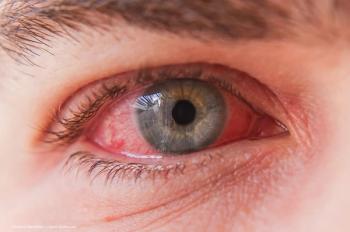
The first case was reported in Texas in a dairy worker in March, while an Australian child with a different strain than the current one in the US was confirmed as well in May.

The hypothesis is based on a post hoc analysis of data from 2 phase 3 clinical trials of pegcetacoplan by Dun Jack Fu, PhD, and colleagues.

Alternate methods of screening may lead to earlier diagnosis of disease.

Simply slowing disease progression is no longer enough.

Organization eyes green practices, shifting ophthalmology landscape.

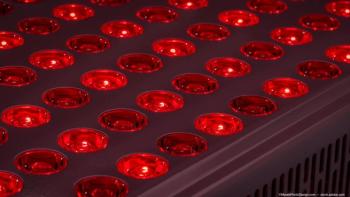
Red light has been receiving increased attention as a potential candidate to combat myopia. The daily use of 650-nm low-level red light for 1 year slowed the progression of spherical equivalent error and axial length without safety concerns.

Noha A. Sherif, MD, and Sandra Hoyek, MD, conducted a retrospective chart review to identify the clinical characteristics of the injured eyes that may be associated with visual recovery in this patient population.

The angled bow-tie pattern of astigmatism was corrected more accurately compared with the asymmetric bow-tie pattern of astigmatism
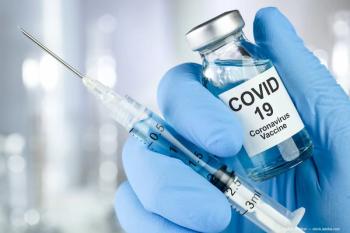

A singular celebration of science over the decades
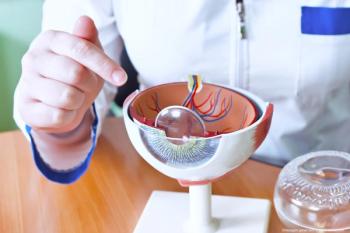
An analysis showed an association between patients who previously had undergone intravitreal injections and cataract surgery and a higher risk of the development of a non-clearing vitreous hemorrhage, retinal detachment, retinal tear, and glaucoma surgery.